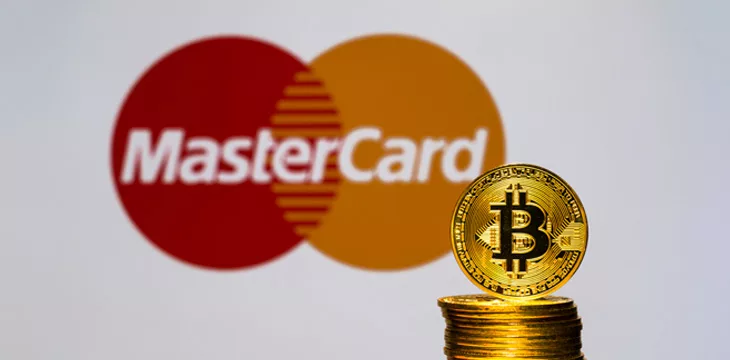|
Getting your Trinity Audio player ready...
|
Mastercard (NASDAQ: MA) has partnered with Australia’s central bank to demonstrate how central banks can deploy central bank digital currencies (CBDCs) on public blockchains, possibly the biggest threat to stablecoins.
The New York-based financial conglomerate partnered with the Reserve Bank of Australia (RBA) and the Digital Finance Cooperative Research Centre on the pilot. The latter is a $115 million research program set up by the government, universities, and financial institutions. Other participants included payment platforms Cuscal and Mintable, a non-fungible token (NFT) firm.
The pilot involved the purchase of NFTs listed on an Ethereum-based platform. It locked the required digital Australian dollar (eAUD) amount on the CBDC platform and minted an equivalent amount of wrapped CBDC tokens.
Wrapped tokens are tokenized representations of one digital asset with the exact value that can be used on a different network, with the original tokens locked up through smart contracts.
With the eAUD locked, the wrapped tokens act as a stable payment medium within the NFT platform and on any other applications on the network. Users can mint the wrapped eAUD on any other blockchain network.
The only condition for using the wrapped tokens is that the buyer’s and seller’s addresses are checked against KYC (Know Your Customer) and risk assessment procedures and whitelisted. This ensures that criminals don’t leverage the new technology for illicit activities.
“As the digital economy continues to mature, Mastercard has seen demand from consumers to participate in commerce across multiple blockchains, including public blockchains,” commented Richard Wormald, Mastercard’s president for Australasia.
“This technology not only has the potential to drive more consumer choice, but it also unlocks new opportunities for collaboration between the public and private networks to drive genuine impact in the digital currency space.”
Wrapped CBDCs could be the biggest threat to stablecoins. For starters, CBDCs are sovereign currencies backed by central banks, unlike most stablecoins built on a house of cards. CBDCs are also regulated and legally recognized, and with authorities being anti-stablecoin in most economies, they could offer an unorthodox solution.
“As demonstrated in this project, [the solution has] the potential to enable new levels of interoperability between blockchains, in a safe and secure manner. By enabling people to easily move digital currencies on-demand via Mastercard’s trusted network, more consumers could participate in crypto ecosystems using reputable and reliable forms of money while enjoying the benefits that these currencies offer, such as programmability, transparency, and compliance,” Wormald added.
Despite its continued pilots, RBA stated in August that a CBDC is still years away and that private stablecoins and tokenized bank deposits can provide “safe forms of money.”
To learn more about central bank digital currencies and some of the design decisions that need to be considered when creating and launching it, read nChain’s CBDC playbook.
Watch: Finding ways to use CBDC outside of digital currencies

 09-18-2025
09-18-2025 





